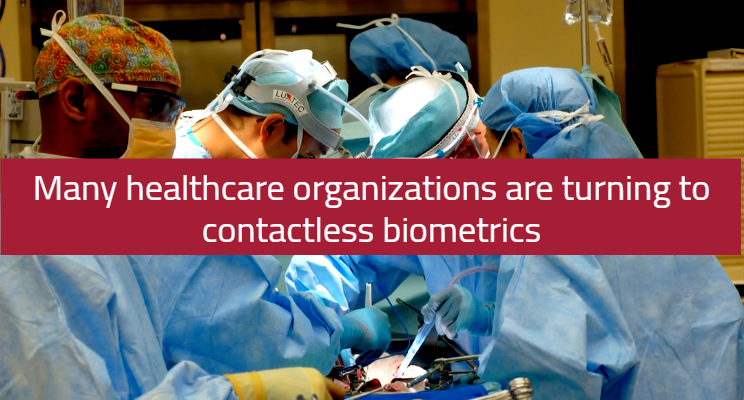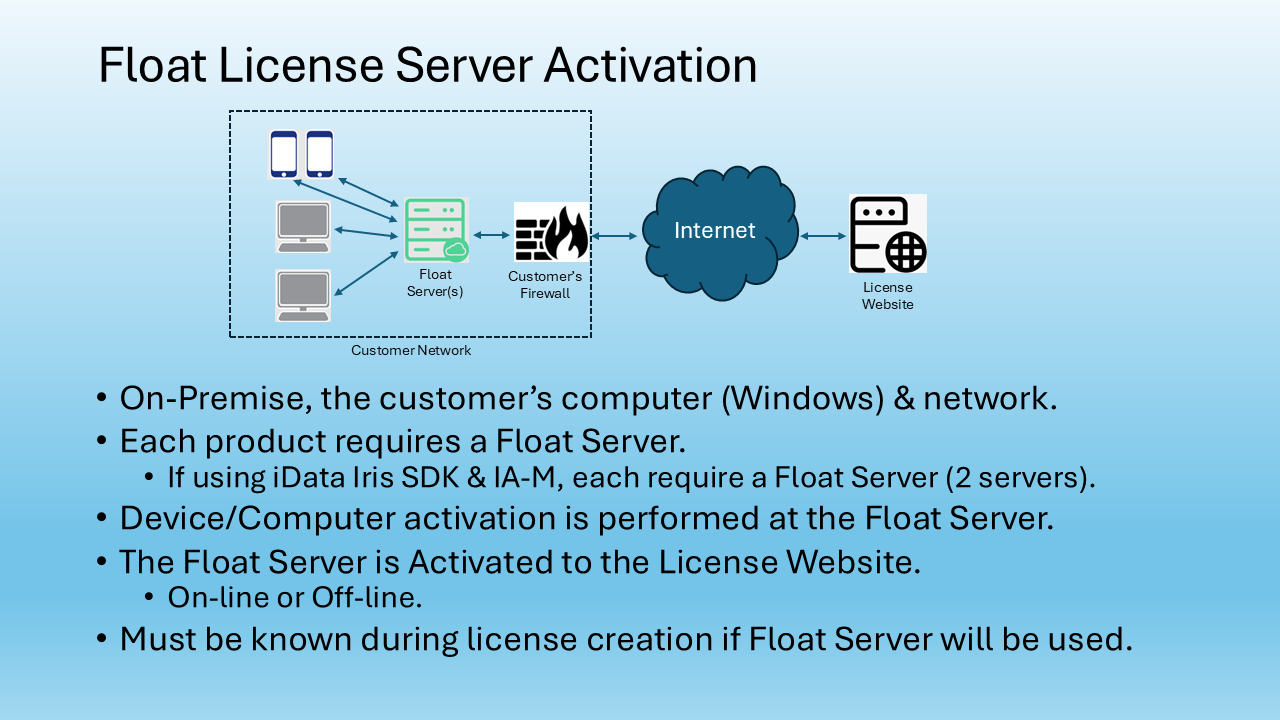By Mohammed Murad
Inaccurate patient identification is a crucial problem for the healthcare industry. Providing proper treatment depends on precisely matching a person with his or her medical records. There is no room for error in what are often life and death situations.
Problems occur when patients share the same name – and often birthdates – within the same system. Recently, a large metropolitan healthcare provider reported having 138,000 patients sharing a name and date of birth with another person within the system. Potential problems are compounded when patients visit multiple healthcare providers and labs, creating records in more than one location.
Biometrics offer a solution
Biometric technologies offer a solution. Biometrics measure each person’s unique physical characteristics, such as fingerprints and iris and facial patterns. A recent Pew Charitable Trusts report outlined steps healthcare providers and government overseers must take to put a biometric solution into place.
One important step is setting standards. System enrollment using raw images enables easy exchange between healthcare providers. However, breached databases provide hackers with images capable of opening financial accounts and other personal sites. Encrypted biometric templates add a layer of protection but are difficult to share. Other issues, such as protecting sensitive data found in patient health records, must be addressed.
Benefits of contactless iris recognition
And which biometric modality is the best choice for healthcare systems? It’s not fingerprints, which involve patients touching a shared reader with the possibility of passing viruses or bacteria. Skin conditions, such as eczema and leprosy, can alter the ridges that create a fingerprint pattern. Also, fingerprint systems may not work with patients required to wear gloves as part of a treatment protocol.
Testing by government organizations has shown facial recognition is not as accurate in identifying people of color or patients wearing personal protective equipment, including masks and goggles. Facial scans are very accurate in a one-to-one match – authenticating identity between live photo and one other image. The accuracy is not as good when identifying a person in a one-to-many comparison using multiple images, as might be the case with an unconscious patient unable to provide identification.
Contactless iris recognition technology is unaffected by skin color or the wearing of PPE, contacts or other corrective lenses. And the iris scans can discern differences in the iris patterns of genetic twins and are equally accurate and fast in both one-to-one and one-to-many matches.
Since the iris is fully formed by the age of one, iris scans accurately identify children. Iris Portable, handheld readers enable iris scans virtually anywhere – inside patient rooms, laboratories, pharmacies and hospital lobbies. Iris images are captured in a technology similar to that found in consumer camcorders. The enrollment or verifications processes do not require the use of lasers, bright illumination or close-up imaging.
Benefits of biometrics in healthcare
By accurately identifying patients, iris-based biometric technology reduces medical errors, assists with correct billing and helps eliminate fraud by eliminating a person’s ability to pose as another person to gain treatment or pharmaceuticals.


